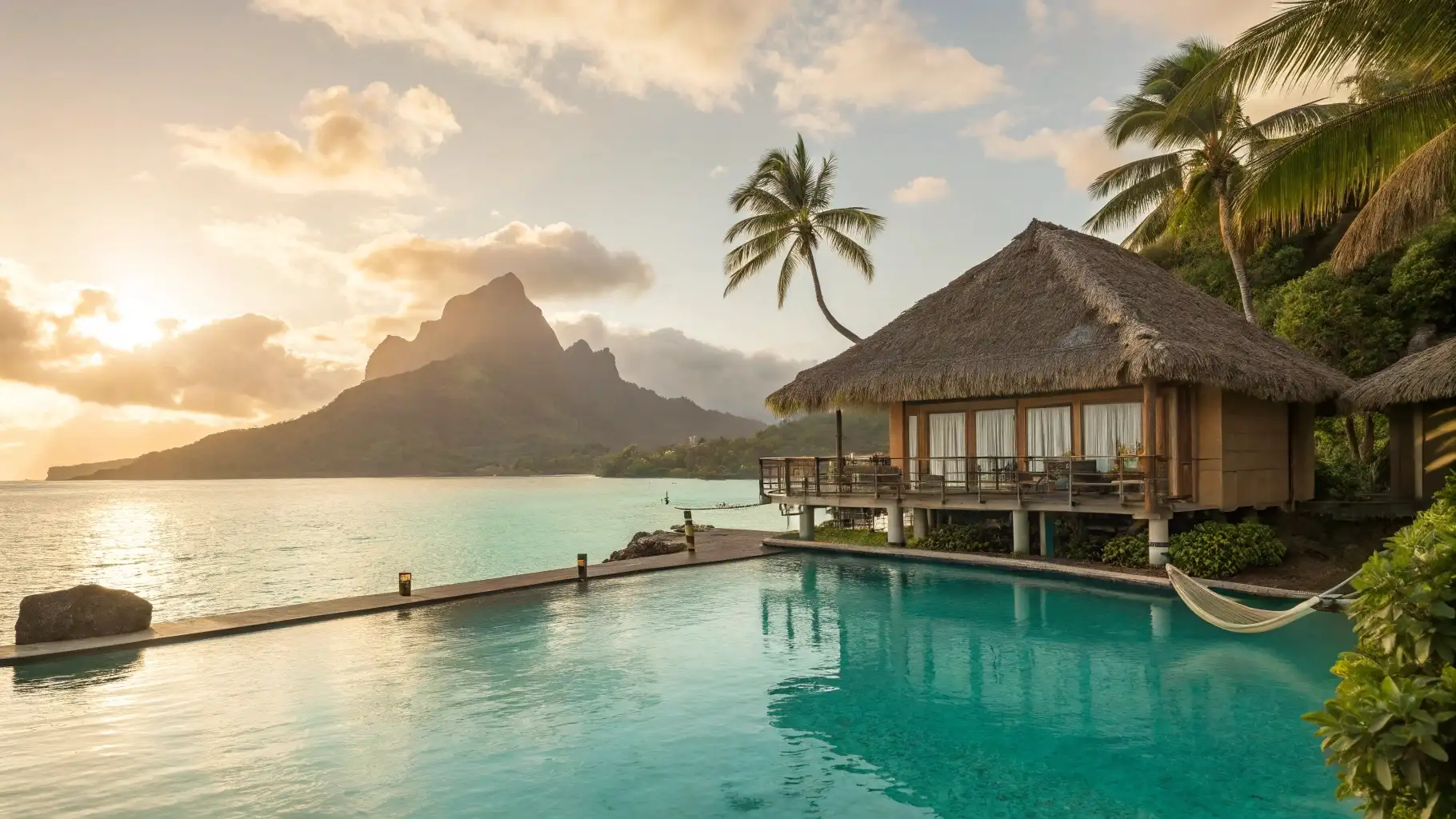
Salt clings to your skin as a warm breeze stirs memories you haven’t made yet—places where time slows, crowds vanish, and luxury whispers instead of shouts.
Wonder doesn’t need a five-star price tag, only a passport and a sense of curiosity. Right now, as travel becomes both more precious and more expensive, finding hidden gems that feel exclusive yet remain accessible is a rare kind of magic.
This guide isn’t just about where to go—it’s about how to feel more alive once you get there. Expect revelations, not reservations. These destinations may just change how you define indulgence.
1. Luang Prabang, Laos
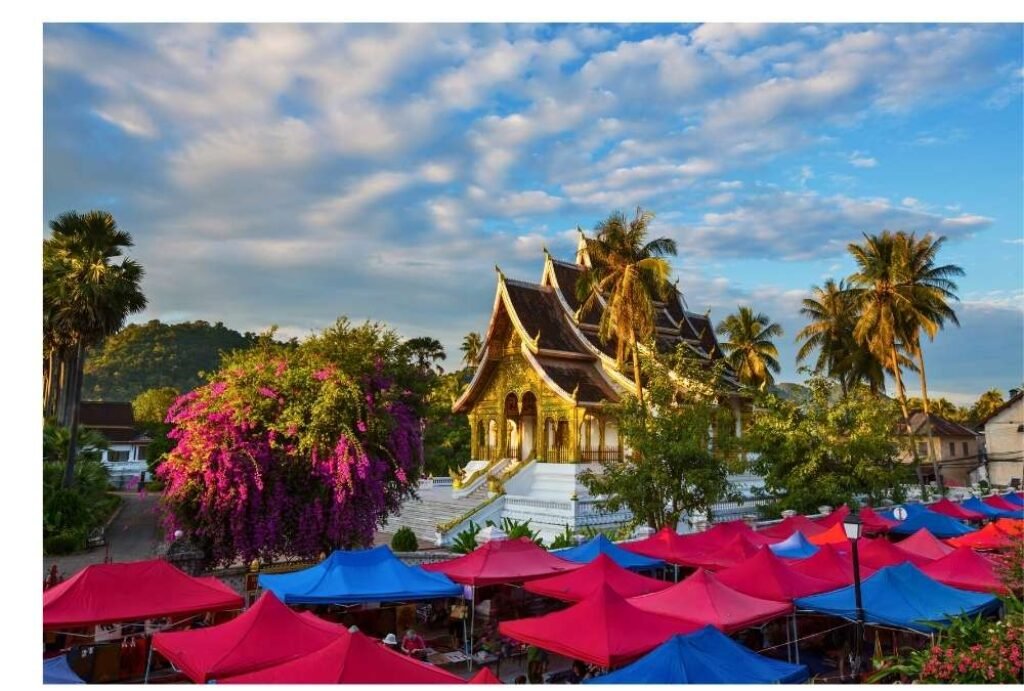
Tucked into the emerald heart of northern Laos, Luang Prabang is where ancient serenity and subtle luxury whisper to those who listen. Imagine waking up to the soft chime of temple bells, mist unraveling over the Mekong, and saffron-robed monks collecting alms as they have for centuries. The old town, a UNESCO World Heritage site, is a dreamy blend of French colonial architecture and gilded temples that feels untouched by time. It’s a place where the pace slows, and every corner invites quiet reflection or a surprise encounter—perhaps a hidden courtyard café or a cascading jungle waterfall just a short ride away.
One unforgettable moment: drifting down the Mekong in a longtail boat at sunset, the sky painted in golds and deep violets, with the silhouette of jungle-covered hills folding into the horizon. Locals call it “heaven’s edge,” and in that stillness, you understand why. The night market bursts with life, the scent of lemongrass in the air, and handmade textiles glowing under dim lanterns. It’s affordable, authentic, and deeply personal—a place that feels like it’s sharing secrets just with you.
Key Practical Information:
- Peak/Off-Peak Seasons: Best visited November to March (cooler, dry weather); off-peak in May–September offers fewer crowds but humid, rainy days.
- Getting There: Fly into Luang Prabang International Airport via Bangkok or Hanoi. Explore by foot, bike, or tuk-tuk.
- Ideal Duration: 4–5 days for temples, waterfalls, and riverside relaxation.
- Must-Try Local Experiences: Kuang Si Falls, almsgiving ceremony, cooking class with local ingredients, sunset cruise on the Mekong.
- Budget Considerations: Boutique stays under $50/night, meals for $2–5, activities like boat rides and guided treks well under $20.
- Cultural Etiquette: Dress modestly, especially at temples; remove shoes before entering homes and religious sites.
- Photography Tips: Best light during sunrise at Mount Phousi, golden hour at Kuang Si, candid market shots early morning.
2. Milos, Greece
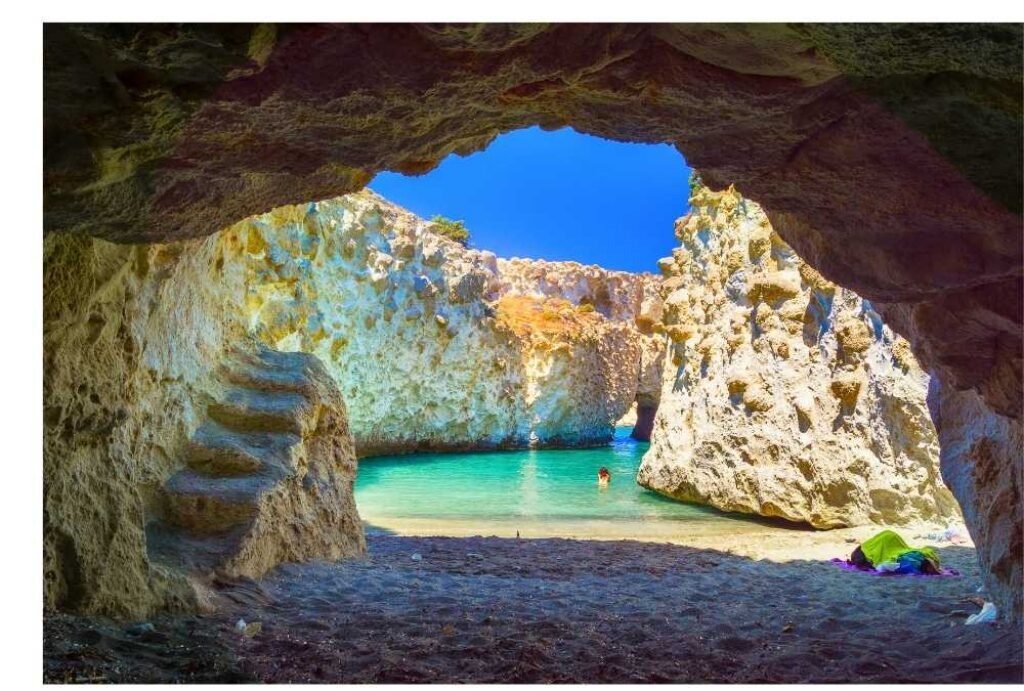
A Cycladic gem whispered about by savvy travelers, Milos is where the Greek Isles meet otherworldly beauty—without Santorini’s price tags or Mykonos crowds. Here, you’ll stumble upon lunar-like landscapes at Sarakiniko Beach, where white volcanic rocks stretch out like frozen waves. Fishermen’s houses, called syrmata, line pastel harbors in sleepy villages like Klima, while tiny, family-run tavernas serve the freshest octopus you’ll ever taste—grilled to smoky perfection, just feet from the sea.
One golden memory: swimming in the natural archways of Kleftiko, once a pirate hideout, where the sea is every shade of blue you’ve never seen. There’s a certain kind of magic here—maybe it’s the dramatic cliffs or the hush that falls over the island when the wind stills and the sun dips behind the hills. Time feels abundant. Luxury here isn’t about flash; it’s about seclusion, authenticity, and space to breathe.
Key Practical Information:
- Peak/Off-Peak Seasons: Best in May–June and September–October (warm, fewer tourists); July–August is high season and pricier.
- Getting There: Fly or ferry from Athens; local buses or rental cars/scooters for island exploration.
- Ideal Duration: 3–5 days to explore top beaches and villages.
- Must-Try Local Experiences: Boat trip to Kleftiko, Sarakiniko Beach, catacombs of Milos, sunset in Plaka.
- Budget Considerations: Charming guesthouses from $40–60/night, meals $10–15, and day trips around $25–30.
- Cultural Etiquette: Respect quiet village life; tipping is appreciated but not mandatory; say “Kalimera” (good morning) when greeting locals.
- Photography Tips: Sarakiniko at sunrise or twilight for moon-like landscapes; golden hour in Plaka village for sweeping views.
3. Cartagena, Colombia
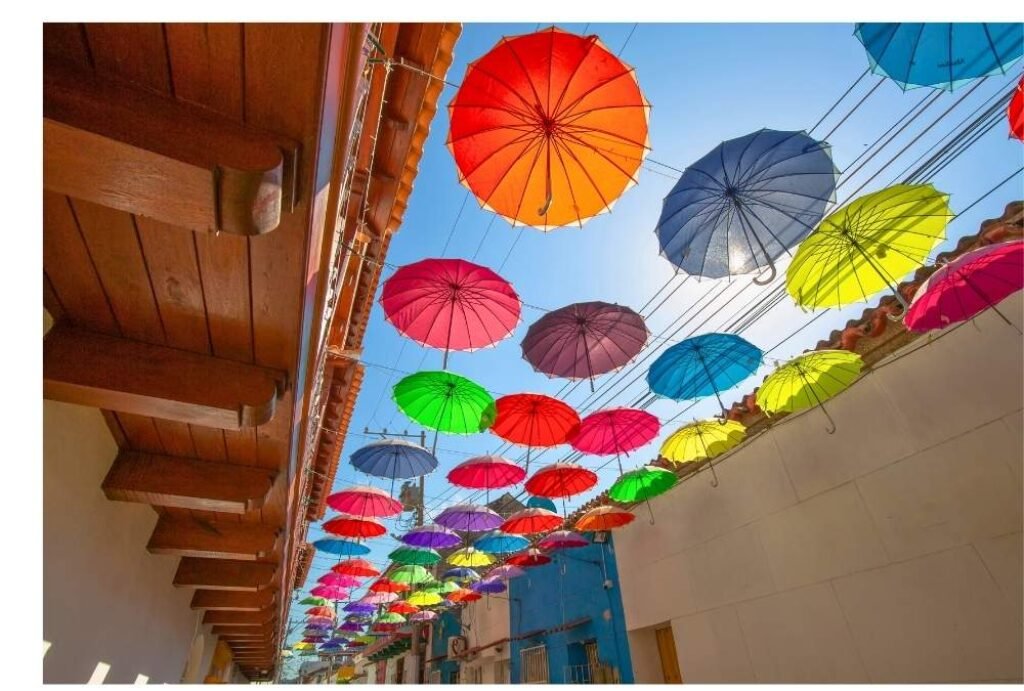
Cartagena pulses with rhythm and romance—a Caribbean jewel wrapped in centuries-old walls and bursts of color. Within the walled city, bougainvillea spills over balconies, colonial mansions hide boutique stays, and cobbled lanes echo with salsa music and horse-drawn carriages. It’s lively, yes, but also deeply layered: behind the vibrancy is a history of pirates, revolutionaries, and the Afro-Caribbean soul that defines its modern spirit.
Wandering through the Getsemaní district feels like being inside a living mural—every alley splashed with art, every corner humming with life. I once stumbled upon an impromptu street concert that turned into a block-wide dance party under fairy lights and stars. Cartagena invites you to let go—of schedules, of worries—and just be in the moment. It’s safe, surreal, and sensuously alive.
Key Practical Information:
- Peak/Off-Peak Seasons: Visit December–April for dry, sunny weather; May–October is more humid with occasional rain.
- Getting There: Direct flights to Rafael Núñez International Airport from major US hubs; taxis and walking are best within the old city.
- Ideal Duration: 3–4 days to explore history, beaches, and nightlife.
- Must-Try Local Experiences: Sunset at Café del Mar, Rosario Islands day trip, street food tour, palenquera photo ops.
- Budget Considerations: Boutique hotels $50–80/night, meals from $3–12, tours around $20–40.
- Cultural Etiquette: Be warm and open—Colombians value friendliness. Always ask before photographing locals, especially street performers.
- Photography Tips: Capture sunrise over the old city walls, vibrant Getsemaní murals, and sunset along the coastal bastions.
4. Matera, Italy

Matera, carved from stone and time, feels like a dream excavated from the past. Once called “the shame of Italy,” its ancient cave dwellings—sassi—have transformed into stylish boutique hotels and Michelin-worthy restaurants, without losing their soul. Walking through Matera at dusk is surreal: honey-colored cliffs glow, narrow staircases snake through the labyrinth, and flickering lanterns reveal hand-chiseled homes that date back 9,000 years.
My own stay in a cave hotel was humbling and luxurious in equal parts. Cool stone walls, a candlelit tub carved into rock, and silence so deep you could hear your breath. It’s an experience that wraps you in history, but never feels like a museum. It’s intimate, transformative, and hauntingly beautiful.
Key Practical Information:
- Peak/Off-Peak Seasons: Ideal in April–June and September–October; avoid July–August heat.
- Getting There: Train or car from Bari (nearest airport); town is best explored on foot.
- Ideal Duration: 2–3 days to absorb the ambiance and history.
- Must-Try Local Experiences: Stay in a sassi, visit cave churches, dine on orecchiette pasta and local wines.
- Budget Considerations: Unique cave stays from $60–90/night, gourmet meals for $20–30.
- Cultural Etiquette: Quiet reverence in religious spaces; greet shopkeepers with a friendly “Buongiorno.”
- Photography Tips: Golden hour is magical—shoot the sassi from the Belvedere viewpoint at sunrise for a cinematic panorama.
5. Bagan, Myanmar
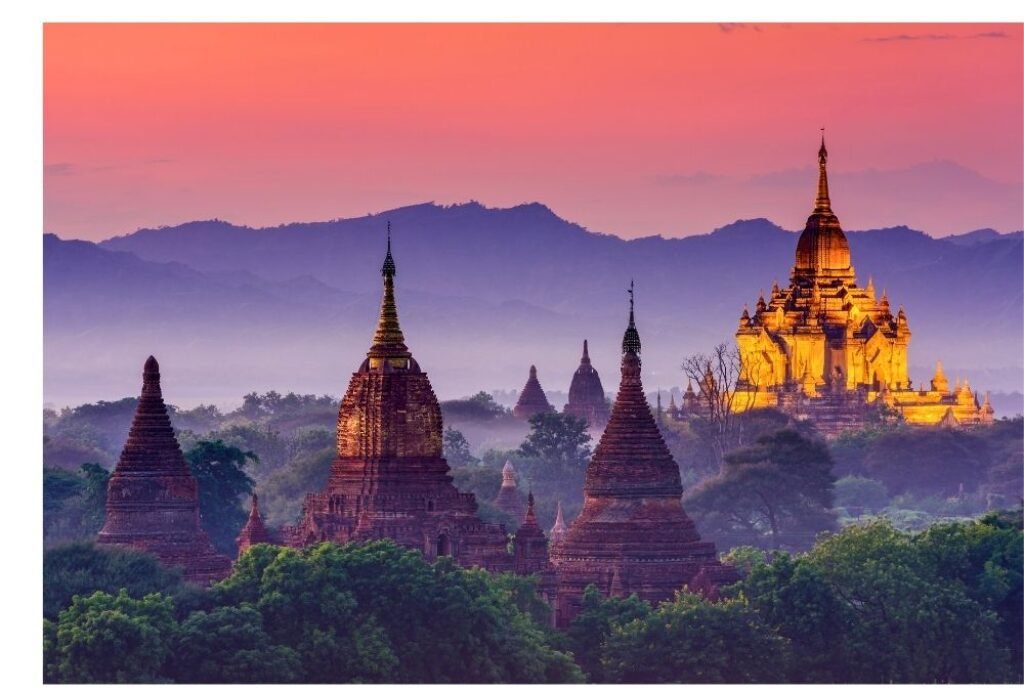
Step into Bagan, and you step into an ancient world bathed in spiritual light. More than 2,000 temples rise from the plains like an open-air museum of faith and time. At sunrise, the entire landscape glows in amber and rose, dotted by hot air balloons that drift in absolute silence. It’s a place of awe, not just in its grandeur, but in its peace. Here, you don’t just visit a site—you commune with it.
I remember biking down a dusty trail, temples looming on either side, and stumbling upon a monk sitting cross-legged in a doorway, motioning me to join him. We didn’t share a language, but in that moment, none was needed. Bagan invites stillness, reverence, and wide-eyed wonder. Despite political turbulence, locals remain gracious, warm, and deeply spiritual—offering travelers an unforgettable experience at a price that feels almost too generous.
Key Practical Information:
- Peak/Off-Peak Seasons: Best in November–February (cool, dry); avoid May–September monsoon season.
- Getting There: Fly into Nyaung-U Airport via Yangon or Mandalay; e-bikes are ideal for exploring temple plains.
- Ideal Duration: 3–4 days for sunrises, temples, and slow immersion.
- Must-Try Local Experiences: Hot air balloon ride, temple biking tour, lacquerware workshops, Irrawaddy River cruise.
- Budget Considerations: Lodging from $25–50/night, e-bike rentals under $10/day, meals for $2–6.
- Cultural Etiquette: Dress modestly at temples; remove shoes and hats; avoid public displays of affection.
- Photography Tips: Sunrise at Shwesandaw Pagoda (if accessible); drone shots (if legal) offer spectacular aerials of temple clusters.
6. Zanzibar, Tanzania

Forget the clichés of paradise. Zanzibar isn’t just about white sand and turquoise waves—though those are exquisite. What truly sets this island apart is its mystique: a potent blend of Swahili, Arab, Persian, and Indian influences that fills the air with spice and echoes of ancient trade routes. While tourists gather at Nungwi Beach, wander into Stone Town, where history lives in carved doorways and the scent of clove drifts from open shutters.
One rainy afternoon, I ducked into the old Hamamni Persian Baths, a labyrinth of arches and shadows. The caretaker—an elderly man in a taqiyah—told stories of sultans and secrets as the storm passed outside. Later, I found myself at a rooftop café, sipping strong black coffee while the muezzin’s call swirled with the sea breeze. That moment—strange, layered, utterly transportive—is Zanzibar distilled.
Key Practical Information:
- Surprising highlight: Exploring Stone Town’s labyrinth at night with a guide—alive with stories and shadows.
- Best way to visit: Fly into Abeid Amani Karume International Airport from Nairobi or Dar es Salaam.
- How to get around: Shared taxis, dalla-dallas (local minibuses) for adventurous travelers, or private drivers for comfort.
- When to go: June–October is cool and dry; March–May can bring heavy rains but fewer visitors.
- What to budget: Boutique beach stays start around $40/night, with meals from $4–10.
- Cultural note: Dress modestly in towns—shoulders and knees covered; always ask before taking photos of locals.
- Best photo moment: The rooftop views of Stone Town at dusk, when the city blushes gold and blue.
7. San Miguel de Allende, Mexico

San Miguel de Allende is a living canvas—its baroque facades, color-drenched streets, and blooming courtyards feel as though they’ve been crafted by artists. But unlike better-known Mexican destinations, this city is defined not by beaches or nightlife, but by its creative pulse and deep sense of belonging. Writers, painters, chefs, and dreamers all seem to converge here, drawn by the light, the silence between church bells, and the slow, thoughtful rhythm of its cobblestones.
There was a morning when I joined a local ceramics workshop, hands deep in clay, the walls open to a garden filled with hummingbirds and guitar notes. Later, at a quiet rooftop mezcalería, I watched the Parroquia de San Miguel Arcángel glow pink under a rising moon. It was simple. Profound. The kind of moment that lingers.
Key Practical Information:
- Unexpected joy: Taking a painting or cooking class in a sunlit colonial courtyard.
- Arriving there: Fly into Querétaro (QRO) or León (BJX) and drive or shuttle in (~1.5 hours).
- Best time to go: October–April offers cool evenings and vibrant cultural festivals.
- Getting around: The city is walkable, though cobblestones demand sturdy shoes.
- Spending guide: Artful boutique stays for $50–80/night, meals for $5–15, with galleries and workshops often free or donation-based.
- Local courtesy: Greet shopkeepers and artisans with a warm “Buenos días”; the city is friendly but polite.
- Visual musts: Early morning light in El Jardín, and blue hour from the Mirador overlooking the town.
8. Raja Ampat, Indonesia
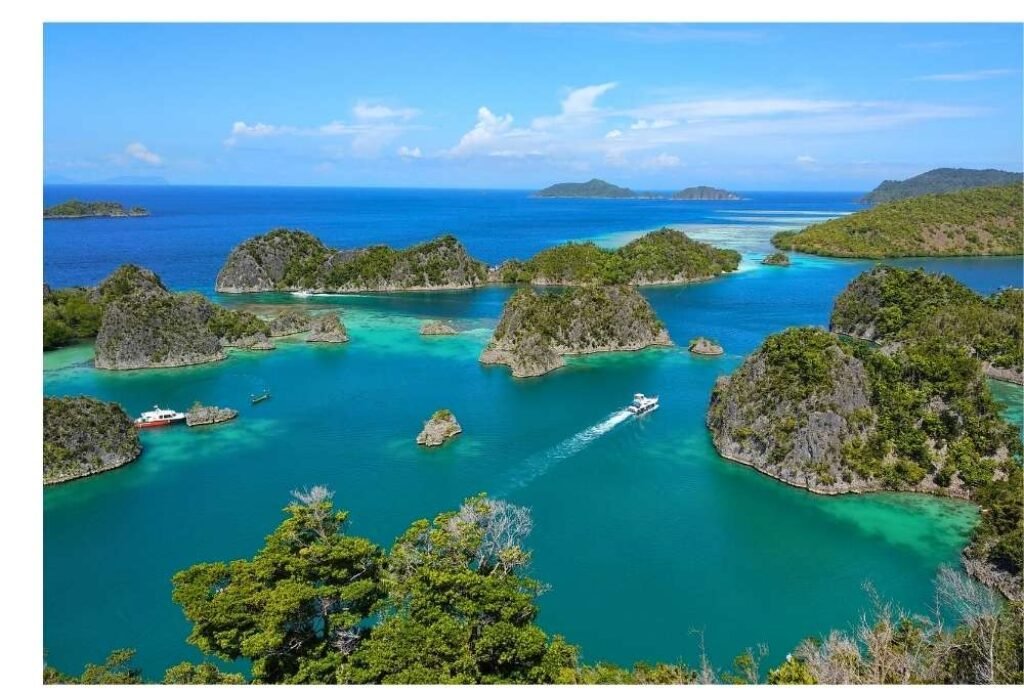
Imagine standing on a viewpoint above a turquoise lagoon, dozens of karst islands scattered like emeralds across a sparkling sea—and not another soul in sight. Welcome to Raja Ampat, where exclusivity means remoteness, not opulence. It’s the kind of place that feels like the end of the world—yet it’s very much alive, especially beneath the surface, in one of the most biodiverse marine ecosystems on Earth.
What made it real for me wasn’t just the snorkeling—though that was otherworldly—but an evening spent in a stilted homestay over the water, the sound of lapping waves and distant birdsong as the sky exploded in stars. With no internet and minimal infrastructure, time stretches in the best way possible. It’s barefoot luxury at its most honest.
Key Practical Information:
- Off-the-path treasure: Staying with local Papuan families in eco-friendly homestays, supporting conservation.
- Getting there: Fly into Sorong (via Jakarta or Makassar), then take a ferry to Waisai. Travel requires planning.
- Best time to go: October to April for diving visibility and calmer seas.
- On the ground (and water): Explore by boat, kayak, or snorkel—no cars, just waves.
- Daily costs: Homestays from $30/day, including meals; boat trips vary by distance but can be shared to save.
- Customs to know: Respect village rules, dress modestly, and be mindful of environmental impact—no plastic, no problem.
- Photography cue: Piaynemo viewpoint—a heart-stopping panorama best reached at sunrise.
9. Mostar, Bosnia and Herzegovina
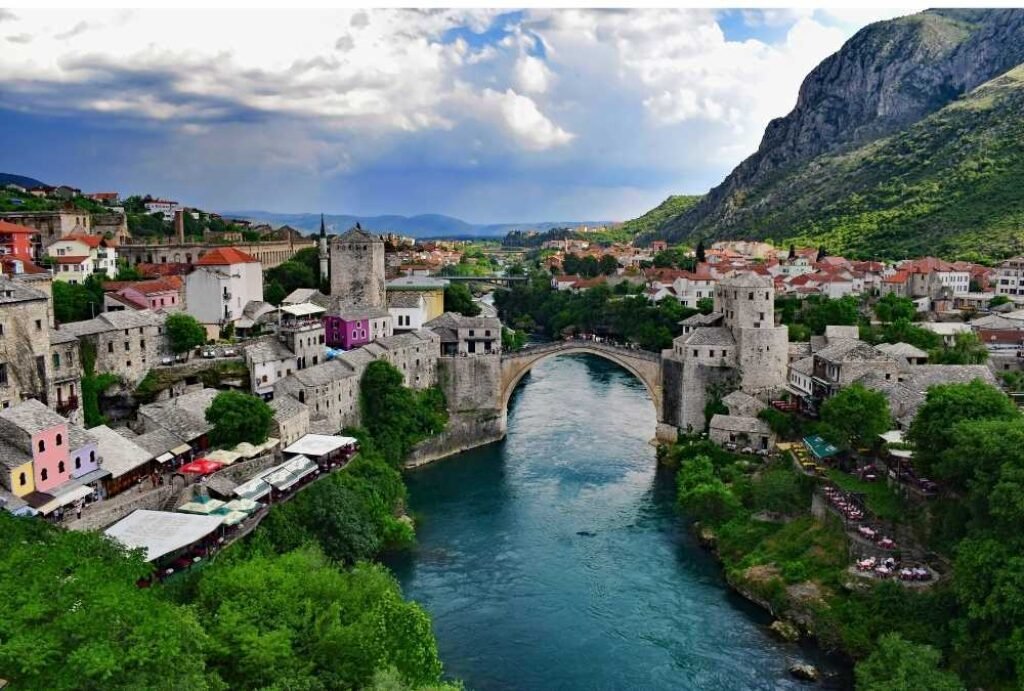
Mostar is not just beautiful—it’s emotional. Centered around the stunning, 16th-century Stari Most (Old Bridge), this city carries the weight of history with quiet resilience. It’s where Ottoman architecture, Catholic spires, and minarets share the skyline, and where every crack in the stone tells a story of both destruction and rebirth. Wander beyond the bridge, and you’ll find a city of contrasts—east and west, past and present, heartbreak and hope.
The moment that stayed with me: watching teenagers leap from Stari Most into the turquoise Neretva River below—a rite of passage here. The crowd gasped. The boy emerged, triumphant, shivering, alive. In that one act, you glimpse the pride and pain that define Mostar.
Key Practical Information:
- Unexpected takeaway: A profound sense of history—more moving than any museum.
- Arrival: Take a scenic train from Sarajevo (2.5 hours), or drive from Dubrovnik.
- Seasonal sweet spot: May–June and September are warm without summer crowds.
- Explore by: Walking and wandering—most sights are clustered along the old town.
- Typical spend: Guesthouses from $25–40/night, hearty Balkan meals for $5–10.
- Local manners: Acknowledge the city’s past with sensitivity. Avoid political debates unless invited.
- Photogenic gem: Sunset light hitting Stari Most from the riverside café terraces—timeless and golden.
10. Valle de Viñales, Cuba
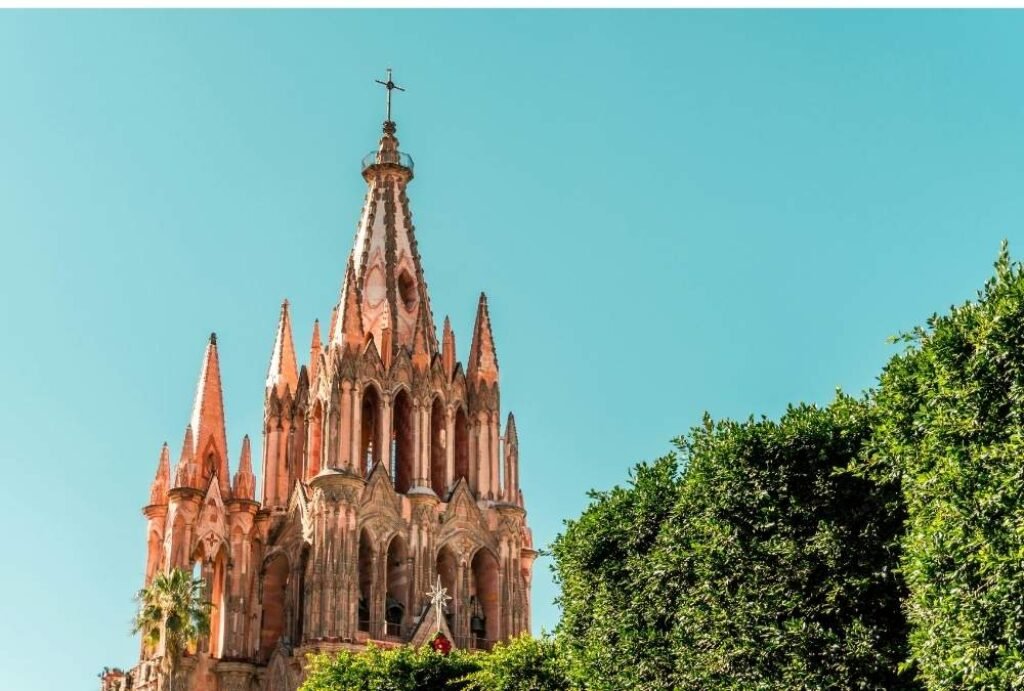
Cuba has many faces, but none as authentically raw and visually dramatic as Viñales. Just a few hours from Havana, this valley is framed by limestone mogotes—towering green cliffs that rise like ancient sentinels over red clay fields. Life here moves by ox cart and tobacco leaf. You wake to roosters, walk past farmers with hand-rolled cigars in shirt pockets, and drink strong coffee under palm trees that sway to no schedule but the sun.
One afternoon, I rode horseback through the valley in a slow drizzle. My guide—a third-generation tobacco farmer—sang softly in Spanish as the trail curved past caves and sleepy huts. We stopped at a wooden shack where he showed me how to roll a cigar, then shared stories over rum poured from a reused Coke bottle. It wasn’t polished, but it was perfect.
Key Practical Information:
- Hidden appeal: Deep connection with rural Cuban life and jaw-dropping natural beauty.
- Reaching Viñales: Taxi colectivo or bus from Havana (~3.5 hours).
- When to go: December–April is dry and best for riding, hiking, and cave tours.
- Local travel: Horseback, bikes, or walking—the valley is immersive and intimate.
- Affordability: Casas particulares (local B&Bs) for $20–30/night, home-cooked meals $3–7.
- Cultural insight: Bring small gifts or tips—supplies can be scarce. Engage warmly and listen—Cuban stories are unforgettable.
- Best photo opportunity: Early morning mist over the tobacco fields, especially from Los Jazmines viewpoint.






